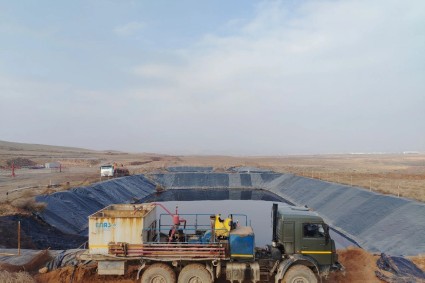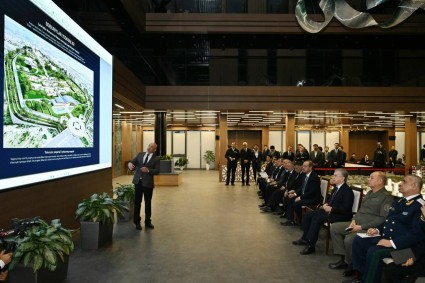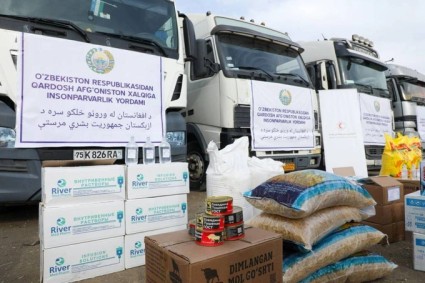Today, president Shavkat Mirziyoyev touched upon the water problem at a government meeting in Termez, his spokesman Sherzod Asadov said.
In the next 20 years, water in the Amu Darya and Syrdarya rivers is expected to decrease by 15%. The use of water-saving technologies is expanding in the country, but this is not enough, the head of state said.
Reportedly that 80% of the land in the Surkhandarya province is irrigated with pumps, but the service life of 52 pumps exceeded 40 years. As a result, the cost of water is twice as expensive, 20 million kWh of electricity per year is spent inefficiently, and water supply has deteriorated on another 20 thousand hectares of land.
While, 35% of the water is lost due to the fact that half of the 1,700 kilometers of canals are earthen beds.
“The main goal should be to deeply instill among the public the idea that “water is not for free,” to turn it into a rule of everyday life together with community activists, intellectuals, elders and the general public,” the president said.
Shavkat Mirziyoyev instructed to develop a two-year program for concreting 47 canals, repairing 6 canals with large water losses, restoring 90 thousand hectares of land, attracting $60 million next year for the repair of the Sherabad main canal.
As reported earlier, over two years, almost $2 billion was provided from the budget for water management (excluding the state debt of $2.54 billion), but the situation with water loss and the condition of pumps only worsened during this time. In 2024, it is planned to allocate another 1.7 trillion soums and loans of $300 million.
As reported, 39 billion cubic meters of water were consumed in agriculture in Uzbekistan over the year. Of this, 36%, or 14 billion cubic meters, was lost in earthen channels, the president said. Another 5-6 billion cubic meters are lost due to outdated irrigation methods, that is, over 50% or almost 20 billion cubic meters of water are spent inefficiently.
Today, more than 5,000 pumps are used to irrigate 2.5 million hectares of land and 7 billion kilowatt-hours of electricity are consumed per year. However, 80% of pumps have been operating for 35-40 years and have exhausted their service life. It is noteworthy that in 2020 it was reported that over 60% of pumps had exhausted their service life, and water losses amounted to 35-40%, that is, over three years, instead of modernizing pumps and reducing losses, the situation only worsened, despite the allocated funds.















